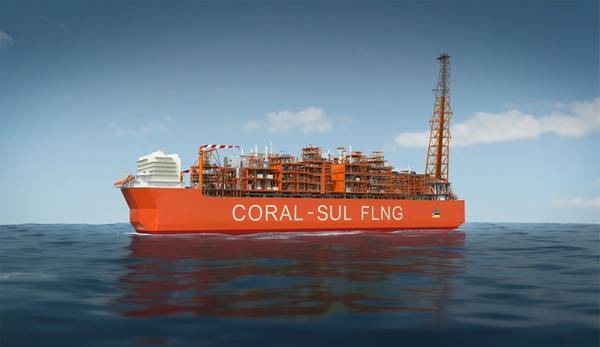San Leon Energy announces Successful Oza-1 Well Re-entry & Testing
Oza-1 Well Re-Entry and Testing Highlights
- The initial flow testing of the L2.4 sand resulted in a flow rate of 10.3 million standard cubic feet of natural gas per day (mmscfpd).
- The initial flow testing of the L2.2 sand resulted in a flow rate of 1,361 barrels of oil per day (bopd).
- The well is expected to be put on commercial production after the completion equipment is installed.
Decklar Resources has announced the following update on the Oza-1 well re-entry at the Oza Oil Field in Nigeria, being performed by the Company’s wholly owned Nigeria-based subsidiary, Nigeria.
Following the previously announced successful re-entry of Oza-1 and the test results from the L2.6 sand yielding 2,463 bopd, the Company has tested the remaining two sands, the L2.4 and the L2.2.
During the initial flow testing of the L2.4 sand, the zone produced at multiple choke settings ranging from 16/64 inch to 28/64 inch over the 25 hour testing period. The L2.4 sand is the intermediate of the three target zones of the re-entry program on the Oza-1 well and has 24 feet of gross hydrocarbon pay thickness. The testing of the L2.4 sand yielded a flow rate of 10.3 mmscfpd of natural gas of 0.58 specific gravity (SG, air being 1.0) on a 28/64 inch choke setting and flowing tubing head pressure of 2,250 psig during the last three hour period of the five hour flow test at this choke setting. In all tests there was zero basic sediment and water (BS&W). The SG being 0.58 indicates the potential for significant condensate yield and other Natural Gas Liquids (NGLs”), which will form part of the Company’s gas commercialization strategy. With the regional gas pipeline infrastructure network within five kilometers of the field, the Company is excited for the opportunities the gas zone will present for the joint venture to participate in Nigeria’s transformational gas utilization initiatives.
During the initial flow testing of the L2.2 sand, the zone produced at multiple choke settings ranging from 16/64 to 28/64 inch over the 46 hour initial test period. The initial testing resulted in a flow rate of 1,361 bopd of 20 degree API sweet crude oil on a 28/64 inch choke setting and flowing tubing head pressure of 346 psig during the highest rolling average three hour period of the test at this choke setting. In all tests there was zero BS&W and an average gas oil ratio (“GOR”) below 150 mcf/bbl. The L2.2 sand is the shallowest target zone in the well, with 20 feet of gross hydrocarbon pay thickness.
Decklar is evaluating artificial lift strategies such as gas lift to enhance well productivity and plans to develop the L2.2 sand by drilling a horizontal well from the Oza-1 well pad drilling slot location immediately after completing activities on the Oza-1 re-entry. The horizontal development strategy will be intended to maximize reservoir connectivity while optimizing pressure drawdown at the sand face, resulting in improvement to stabilized long term oil production rates while minimizing both water and gas influx.
The proposed Oza-1 well initial completion plan will utilize a single tubing string completion string to produce from the L2.6 sand and immediately put the well on commercial production. The completion will be designed with sliding sleeve technology that will also allow production from both the L2.4 and the L2.2 zones in the future.
The Oza Oil Field has significant export and production capacity through processing facilities and infrastructure already in place and operational, which is anticipated to allow for the immediate export and sale of crude oil from the Oza-1 well.
The foregoing test results should be considered as preliminary. Readers are cautioned that the test results herein are not necessarily indicative of long-term performance or of ultimate recovery.











